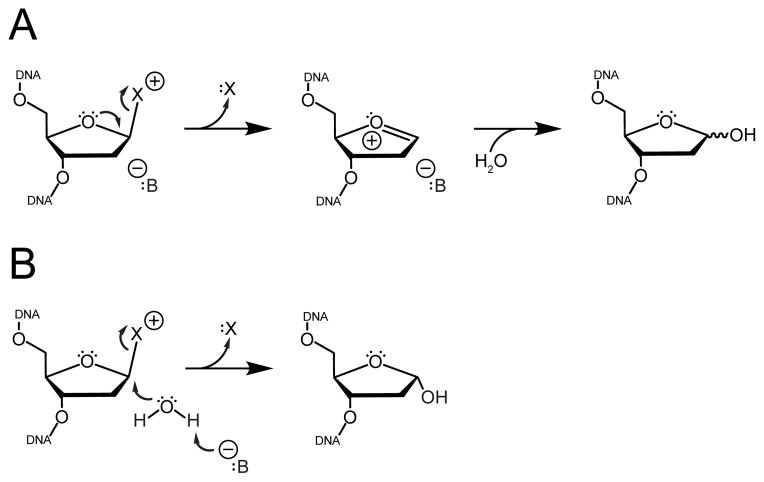Figure 1. Mechanisms of cationic lesion excision by monofunctional DNA glycosylases.
Cleavage of the N-glycosidic bond liberates the damaged nucleobase (“X”) and generates an abasic site. (A) Dissociative mechanisms utilize anionic protein side chains or DNA phosphate groups (“B”) to directly assist bond breakage and to stabilize the resulting oxocarbenium intermediate. (B) Associative mechanisms employ a general base (“B”) to activate a water for nucleophilic attack at the anomeric C1′ carbon.

